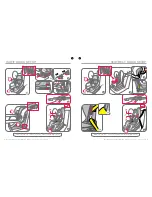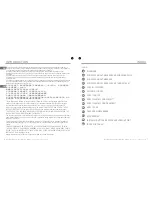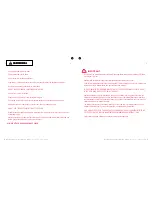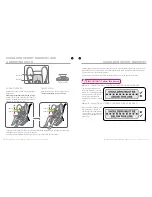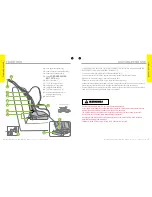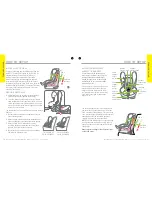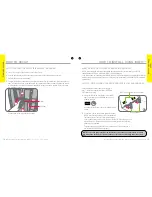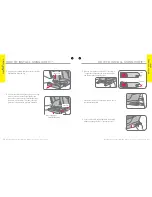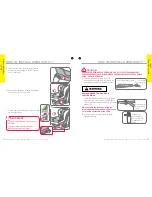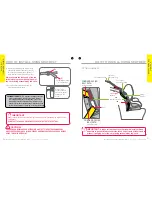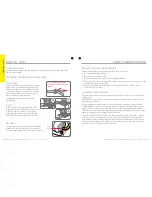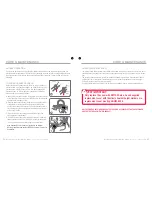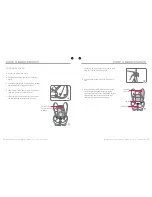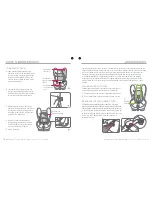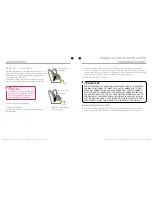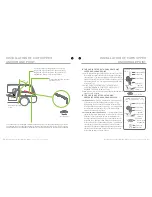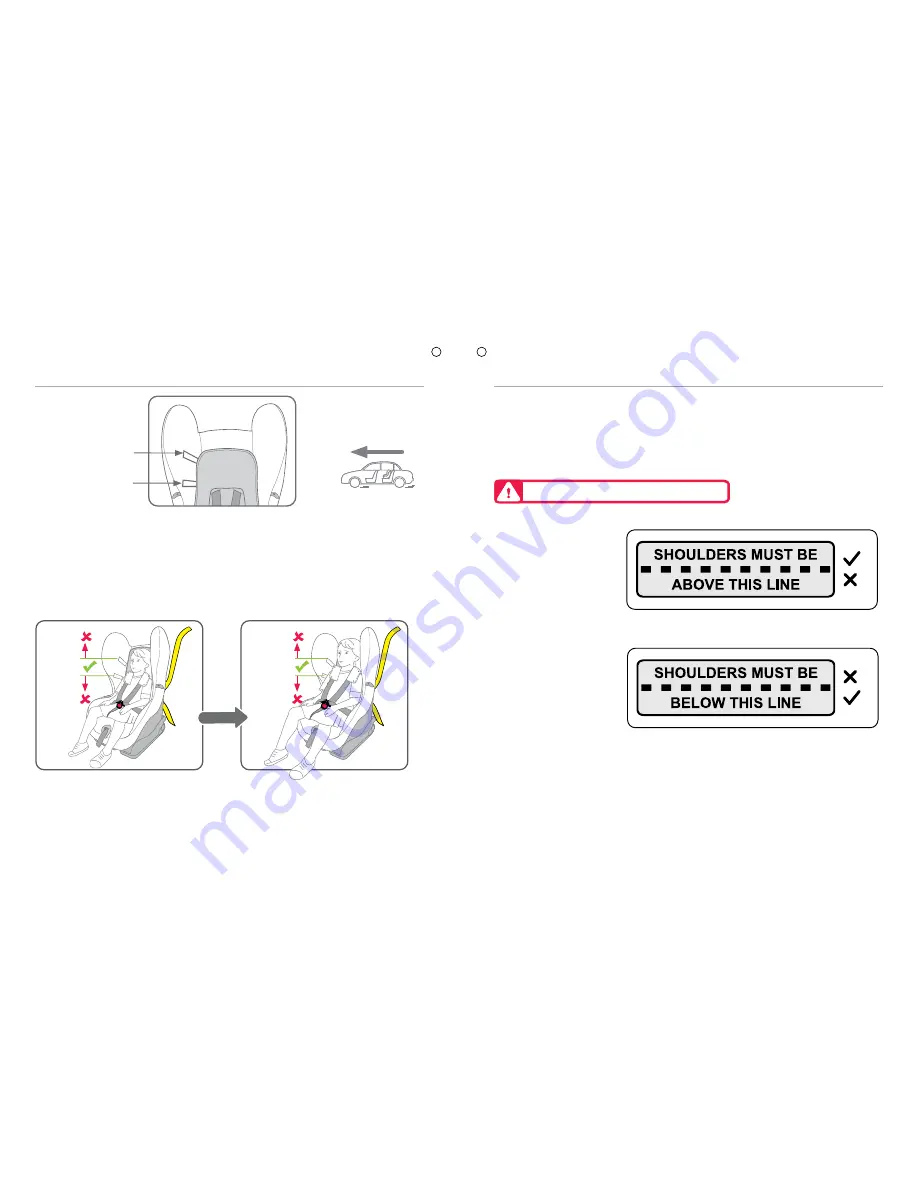
Instructions for Installation & Use - Series No. 6100/A/2013
Instructions for Installation & Use - Series No. 6100/A/2013
SHOULDER HEIGHT MARKERS AND
A GROWING CHILD
Change to the next type of booster seat or child restraint when shoulders reach the upper shoulder height
marker when the headrest is in the highest position.
If a child no longer physically fits in the seat then move to the next form of child restraint.
Label A
Label A
Label B
Label B
10
11
SHOULDER HEIGHT MARKERS
Marker A Young Toddler - LOWER SHOULDER HEIGHT MARKER
Marker B Larger Child - UPPER SHOULDER HEIGHT MARKER
Shoulder height markers are provided on this restraint for a visual indication that the child is safe to ride in
this restraint. Do not use this restraint if the child's shoulders are below the lower shoulder height marker.
Continue to use your current child restraint.
Do not continue to use the restraint if the child's shoulders are above the upper height marker.
Marker A
Marker B
Front of Vehicle
YOUNG TODDLER
Shoulders must not be below the lowest shoulder
height marker.
From approximately 6 months of age.
However, Britax recommends that you keep your
child in a rearward facing restraint for as long as
possible (up to approx 12 months).
OLDER CHILD
When shoulders are in-line with highest marker.
To approximately 4 years of age.
IMPORTANT: Follow this advice.
The child’s shoulders must be
in-line with this marker or above
this marker. If the child’s shoulders
are below then the child should
remain in their previous child
restraint. Approximately 6 months
of age.
When the child's shoulders reach
this upper marker, the child is
now too big for the child restraint.
It is now time to move to the next
child restraint. Approximately 4
years of age.


